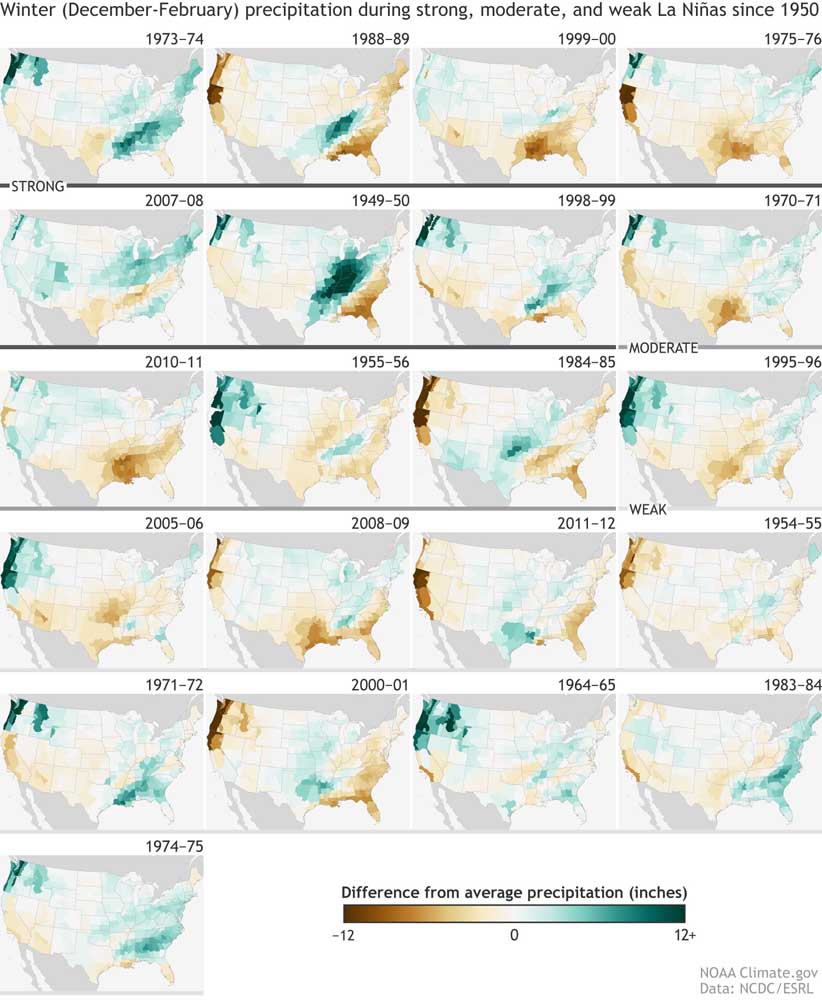Climatologists downgrade chances La Niña will form
Published 2:36 pm Thursday, October 10, 2024

- La Niña winters tend to be wet in the Pacific Northwest, but there are notable exceptions, such as the winter of 2000-2001, when a weak La Niña coincided with dry conditions in the entire Cascadia region.
The National Weather Service on Oct. 10 lowered the chances that a La Niña will form this fall to 60%, down from 71% a month ago.
Trending
If a La Niña takes shape, it’s expected to be weak and could lack the snowpack-building, drought-busting punch of a stronger La Niña, according to the weather service’s Climate Prediction Center.
Below-average Pacific Ocean temperatures trigger a La Niña. In the past month, temperatures remained near normal, or “neutral.” Even if seas cool, they aren’t expected to cool as much as previously expected.
“I wouldn’t be surprised if it didn’t just end up being neutral,” Oregon State Climatologist Larry O’Neill said.
Trending
La Niña generally leads to wetter and cooler winters in the northern tier of the U.S. and has the opposite effect in the southern tier. An El Niño, linked to warm and dry winters in the Northwest, prevailed last winter.
Climatologists categorize La Niñas as weak, moderate or strong. A strong La Niña would be better for building snowpacks, but even a weak La Niña should help, O’Neill said.
There have been eight weak La Niña winters since 1981. In six of those years, the snowpack was above average in Oregon. “It’s encouraging news as far as the drought situation,” O’Neill said.
Based on soil conditions, the U.S. Drought Monitor reported last week that 42% of Washington is in a drought, 60% of Oregon is in a drought and some 65% of Idaho is in a drought. Only 13% of California is in a drought, though 75% of the state is abnormally dry.
The Climate Prediction Center weighed 28 climate models in forecasting the odds a La Niña will form. Most models predict a weak La Niña, though one model produced by NASA predicted a strong La Niña.
“If a strong La Niña was coming, we’d be seeing the evidence of it by now,” O’Neill said.









